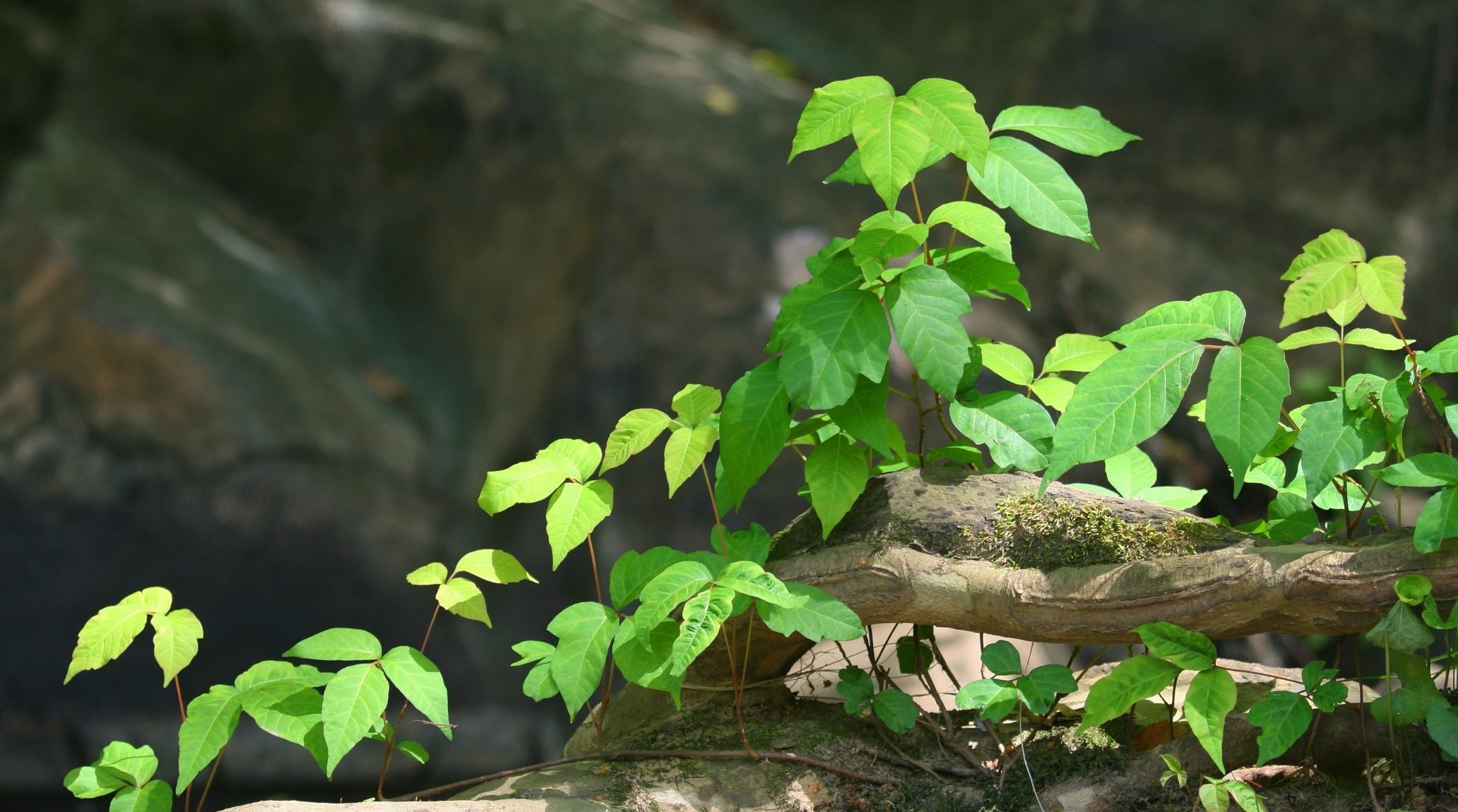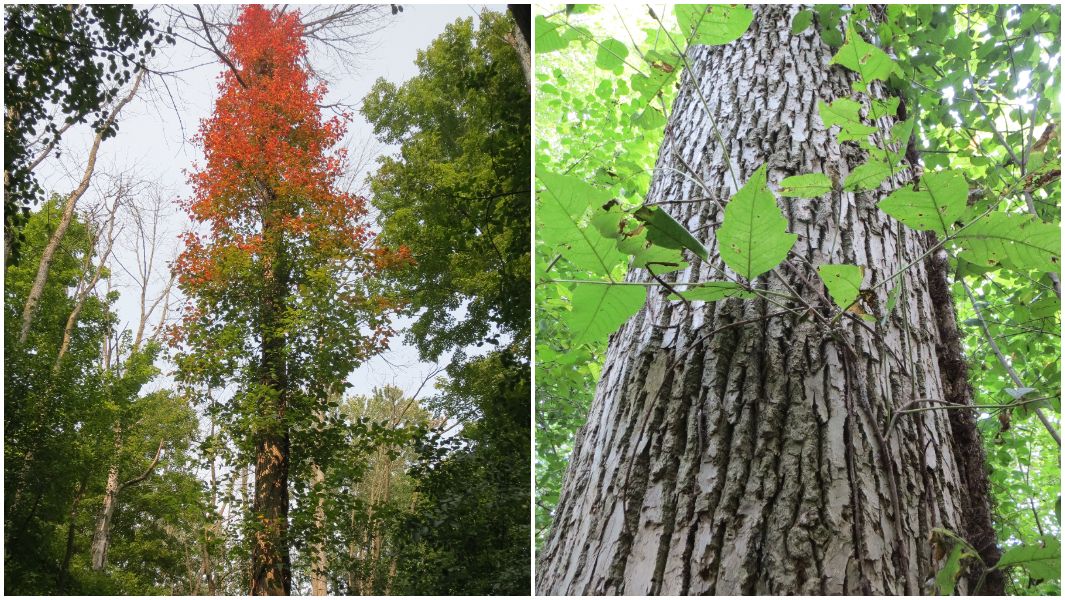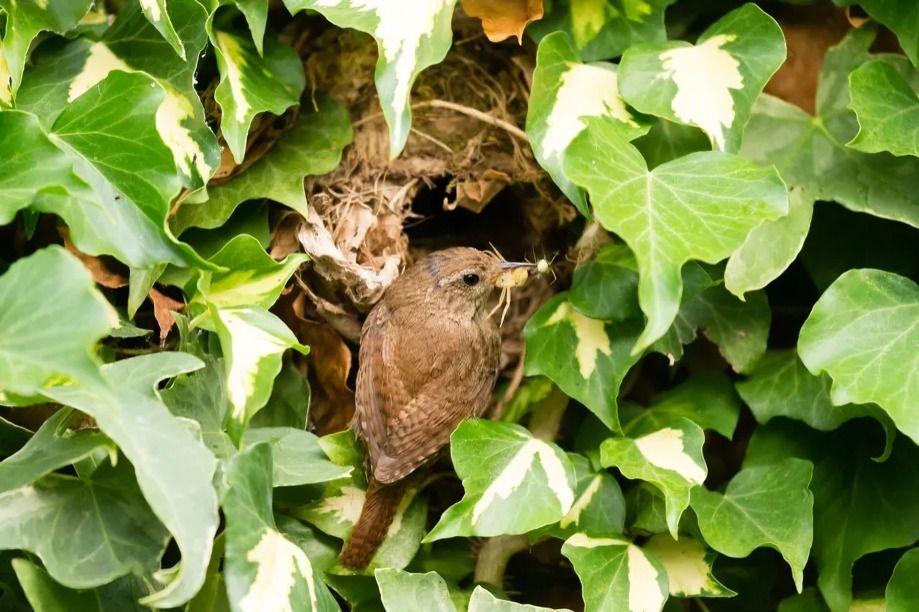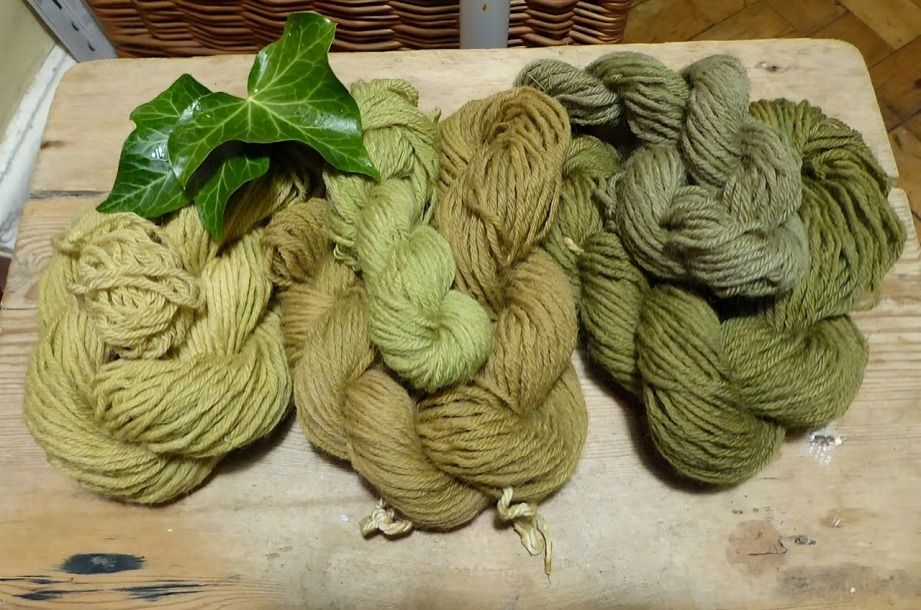
“
Ivy is a plant steeped in both natural beauty and cultural significance. Known for its resilient nature and diverse species, Ivy has captured the imagination of gardeners, poets, and storytellers alike. From ancient myths to modern gardens, Ivy thrives as a symbol of endurance and renewal. Let's uncover the wondrous facts about Ivy that make it a fascinating addition to any garden.1
1
”
Ivy has been cultivated for centuries for its symbolic and decorative qualities. In ancient Greece, Ivy was associated with Dionysus, the god of wine and revelry, and was often used to make wreaths for celebrations. 1
There are over 400 species of Ivy, ranging from climbing varieties to ground-covering types. Each species has unique characteristics, such as leaf shape, color variations, and growth habits, making Ivy a diverse plant group. 2

The tallest poison ivy plant, reaching 20.75 meters (68 feet), was discovered by Robert Fedrock in Paris, Ontario, Canada, on March 12, 2023. This remarkable find aims to inspire others to seek out even taller specimens.
Ivy provides essential shelter and nesting sites for birds, insects, and small mammals. Its dense foliage and berries offer food and protection, contributing significantly to biodiversity in gardens and natural habitats. 3
Ivy plants are remarkably long-lived, with some capable of thriving for hundreds of years. Their durability and adaptability make them a lasting presence in gardens and landscapes, symbolizing endurance and resilience through the ages. 4
Ivy is known for its resilience and ability to thrive in various climates, from temperate forests to subtropical regions. Its ability to withstand sun and shade makes it versatile for different garden environments. 5
Certain species of Ivy, such as English Ivy (Hedera helix), have medicinal properties. Traditionally, Ivy extracts have been used to treat respiratory ailments like coughs and bronchitis, owing to their expectorant and anti-inflammatory properties. 6

Ivy offers valuable ecological benefits by providing food for birds and insects and shelter for small mammals. Its dense foliage creates a habitat that supports various forms of wildlife, making it an important component of a diverse garden ecosystem.
Ivy is an excellent air purifier known to absorb pollutants such as benzene, formaldehyde, and xylene from indoor environments. This quality makes it a beneficial plant choice for improving indoor air quality. 7
Ivy exhibits unique growth patterns, using specialized root-like structures called adventitious roots to cling and climb surfaces. This adaptation allows Ivy to grow vertically on walls, trees, and structures, creating green walls and picturesque landscapes. 8
In addition to its aesthetic appeal, Ivy plays a crucial role in preventing soil erosion. Its dense growth and extensive root system help stabilize slopes and reduce the risk of landslides in hilly terrains and garden landscapes. 9

Ivy leaves can be used to produce natural green and yellow dyes. Their rich pigments have been utilized in traditional dyeing processes, adding a unique touch to fabrics and crafts while showcasing the plant’s versatility beyond its ornamental value.
Ivy undergoes seasonal changes, with new growth emerging in spring and summer, followed by dormancy in winter. This seasonal cycle affects its pruning and maintenance requirements, ensuring healthy growth and vigor year-round. 10
Ivy has medicinal uses, particularly in treating respiratory issues like coughs and bronchitis. Its extracts contain saponins, which can alleviate symptoms. Additionally, ivy is used in topical treatments for skin conditions, thanks to its anti-inflammatory properties. 11
Ivy is the national flower of Switzerland, symbolizing endurance and resilience. Its presence in Swiss culture highlights its significance and the plant's enduring qualities, reflecting its deep-rooted symbolism and importance in Swiss heritage and landscapes. 12
The oldest ivy plant in the world, located in the United Kingdom, is estimated to be over 400 years old. This remarkable plant stands as a testament to the longevity and resilience of ivy throughout centuries. 13

Ivy berries can be used to make a unique type of wine. While not as common as traditional fruits, these berries can impart distinctive flavors, offering a creative way to explore the diverse uses of this versatile plant.
The dense foliage and berries of Ivy provide valuable food sources for birds during winter months when other resources are scarce. This ecological role supports biodiversity and contributes to the survival of bird species in urban and rural habitats. 14
The record for the most ivy leaves on a single plant was set in the United Kingdom, with the count exceeding 1 million leaves. This extraordinary number highlights the impressive growth and abundance of ivy in ideal conditions. 15
Ivy seeds are very small, typically less than 2 millimeters in diameter. Their tiny size allows for easy dispersion by wind and animals, enabling them to spread over large areas and establish new growth in various locations. 16


